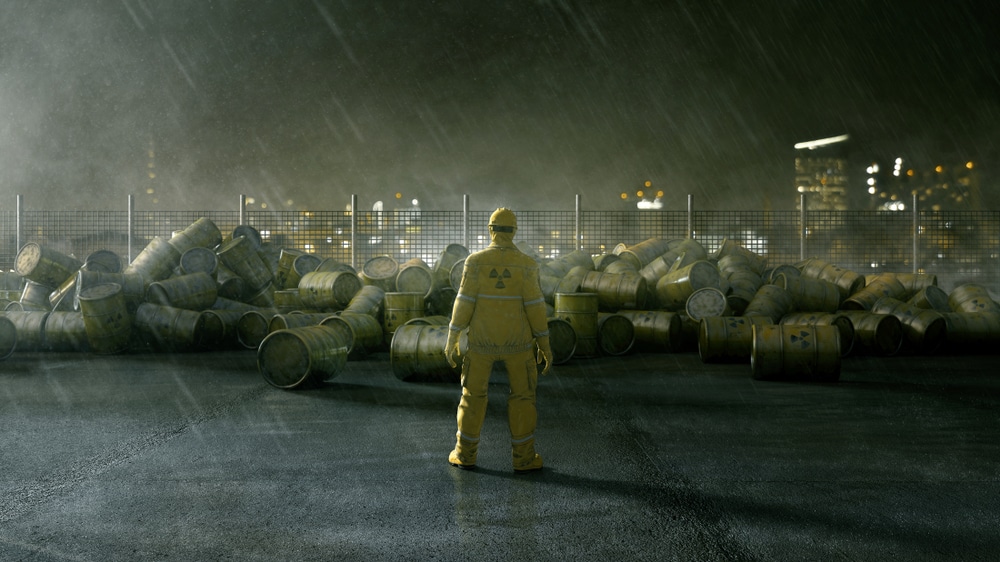On one side of the US – on New York’s Staten Island – the US Army Corps of engineers began this month to remove the radioactive remnants of Robert Oppenheimer’s Manhattan Project that produced the atomic bombs that ended the Second World War.
Meanwhile, 2,000 miles away, at the Los Alamos National Laboratory north of Santa Fe in New Mexico, on the same site that developed and assembled the bombs dropped on Hiroshima and Nagasaki, work is being ramped up to produce plutonium “pits” – spherical shells about the size of bowling balls that are a vital component of warheads in the US nuclear arsenal.
Both in their own way tell the story of the nuclear age. Still, one is historic housekeeping – in 1939, 1,200 tons of high-grade uranium ore was purchased and transferred from the Belgian Congo to Staten Island, where there are still traces of radioactive contamination – and the other is far more controversial and very current.
Both arrive as concern over a conflict involving the use of nuclear weapons rises. Increasing geopolitical tensions with Russia and a militarily expansionist China is behind a $1.5tn US effort to modernize the US nuclear arsenal, including tens of billions of dollars to replace aging, silo-launched Minuteman intercontinental ballistic missiles stationed in Wyoming, Montana and North Dakota with a successor, the Sentinel.
But the prospect of placing new missiles, with potentially more warheads, in the US heartlands is under scrutiny for its logic. “Why plant a $100-billion nuclear ‘kick me’ sign on the country’s breadbasket?” asked the authors of a report in Scientific American this month.
For two decades, the Pentagon and Congress have been concerned about the US ability to produce the cores of nuclear warheads, including the plutonium pits. Since 1989, the US has not been able to produce pits in quantities required to refresh or renew a stockpile of 3,708 warheads (about 1,770 warheads are deployed and 1,938 are held in reserve).
The issue is that plutonium degrades over time, but estimates vary on how quickly or at what point the pits become too soft to be usable. Most are already 40-plus years old, but some studies say they could be good up to 80 years. The Livermore lab in northern California announced in 2012 that it had found “no unexpected aging issues … in plutonium that has been accelerated to an equivalent of ~150 years of age”.
According to the Guardian, In 2018, the National Nuclear Security Administration (NNSA) produced a plan to meet the defense department’s goal of 80 pits a year by maximizing production lines at Los Alamos and converting a plant near the Savannah River in South Carolina originally built to dispose of 34 tons of cold war-era plutonium deemed unneeded by nuclear weapons programs . But the project was unsuccessful and cancelled in 2020.
According to the Scientific American report, the first 800 new pits would go to the Sentinel program, and then all 1,900 US submarine-launched missiles would be refreshed. The new warheads would also be shock-resistant, or “insensitive” to accidental detonation that could disperse plutonium.
But there is now no pit-production expertise at the South Carolina facility and cost estimates have already grown from $3.6bn to over $11bn for a third fewer pits. In January, the Government Accounting Office (GAO) warned that the NNSA’s plutonium modernization program had not developed “either a comprehensive schedule or a cost estimate that meets GAO best practices”.










